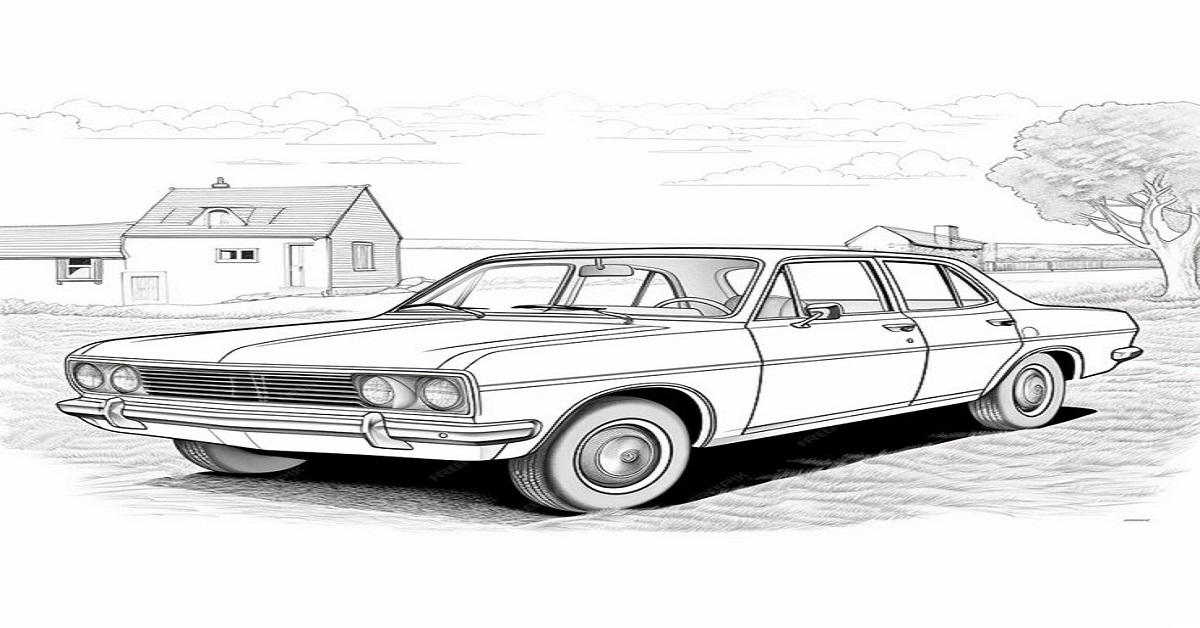Drawing a car can be a rewarding artistic exercise, whether for fun, learning, or professional purposes. Here’s a detailed guide on how to draw a basic car, complete with headings and paragraphs outlining each step and component.
Materials Needed
Before you start, gather the following materials:
- Pencil (preferably HB or 2B)
- Eraser
- Paper (preferably sketching paper)
- Ruler (optional for straight lines)
Step 1: Basic Outline
- Sketch the Body Shape
- Start with a light pencil outline of the car’s basic shape.
- Decide on the perspective (side view, three-quarter view, etc.).
- Use simple geometric shapes (rectangles, ovals) to outline the body.
Step 2: Adding Details
- Define the Features
- Outline the hood, roof, and trunk of the car.
- Add the windows (side windows and windshield).
- Sketch the wheels and position them proportionally.
Step 3: Refining the Outline
- Refine the Shape
- Use a darker pencil or a thinner line to refine the outline.
- Adjust the proportions if needed (compare different parts of the car).
Step 4: Adding Interior Details
- Interior Elements
- Draw the steering wheel, seats, and dashboard details (speedometer, gear shift).
- Sketch the side mirrors and other exterior details (door handles, headlights).
Step 5: Shading and Texture
- Shading Techniques
- Decide on the light source for consistent shading.
- Shade the car body to create depth and realism.
- Use cross-hatching or blending techniques for smoother shading.
Step 6: Final Touches
- Final Details
- Erase any unnecessary guidelines and smudges.
- Add highlights to the windows and metallic parts for a shiny effect.
- Check overall proportions and details for accuracy.
Step 7: Background and Presentation
- Background (Optional)
- Consider adding a simple background to enhance the car’s presentation.
- Use light shading or textures to differentiate the car from its surroundings.
Conclusion
Drawing a car involves attention to detail and patience. By following these steps and focusing on each component, you can create a detailed and realistic car drawing. Remember, practice makes perfect, so don’t hesitate to experiment with different styles and techniques to improve your skills.
